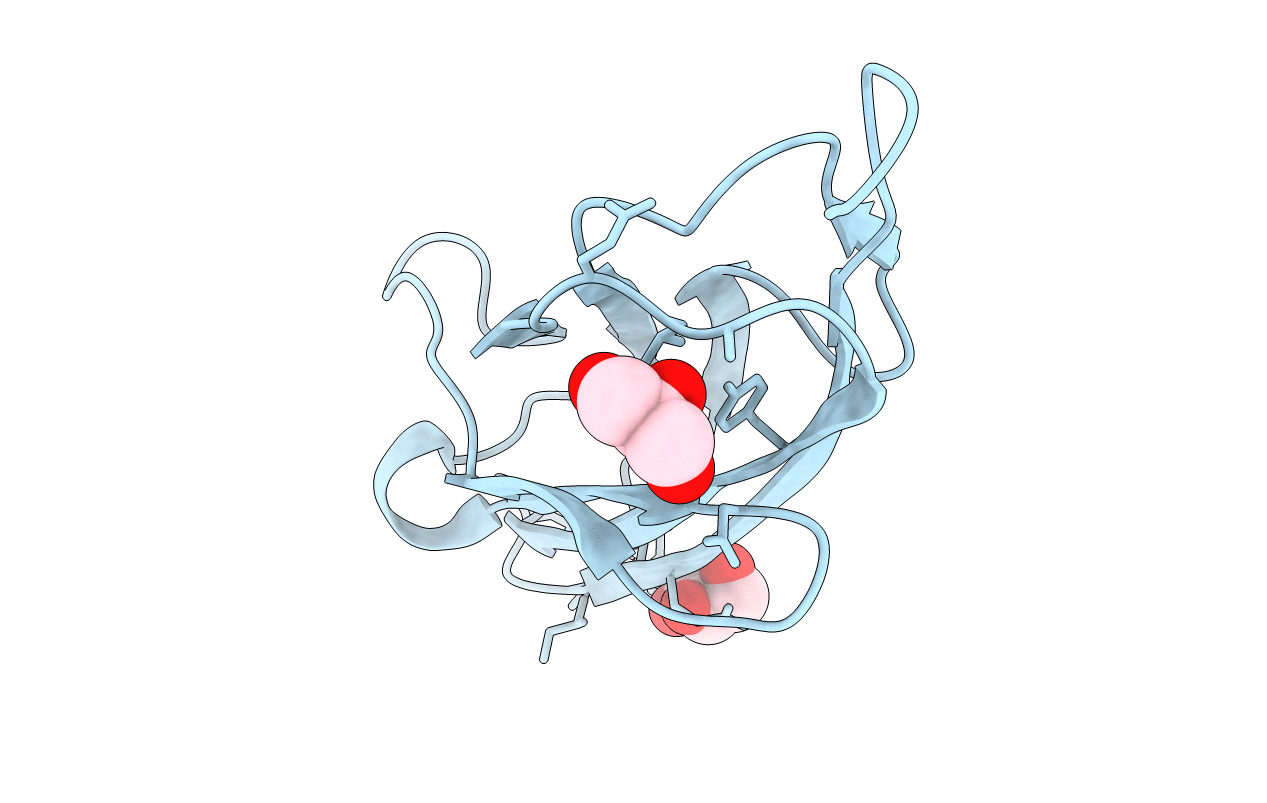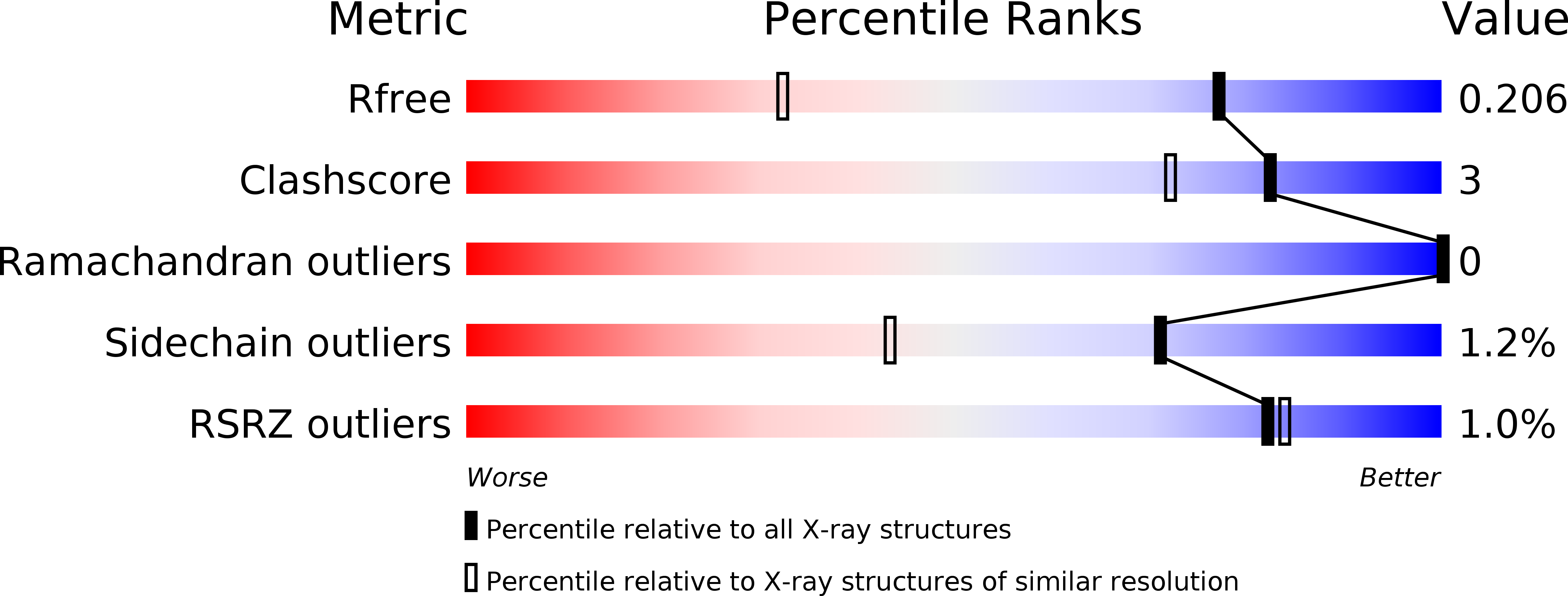
Deposition Date
2016-02-23
Release Date
2016-04-06
Last Version Date
2024-03-06
Entry Detail
PDB ID:
5ICU
Keywords:
Title:
The crystal structure of CopC from Methylosinus trichosporium OB3b
Biological Source:
Source Organism:
Methylosinus trichosporium OB3b (Taxon ID: 595536)
Host Organism:
Method Details:
Experimental Method:
Resolution:
1.46 Å
R-Value Free:
0.19
R-Value Work:
0.16
R-Value Observed:
0.16
Space Group:
P 21 21 21


